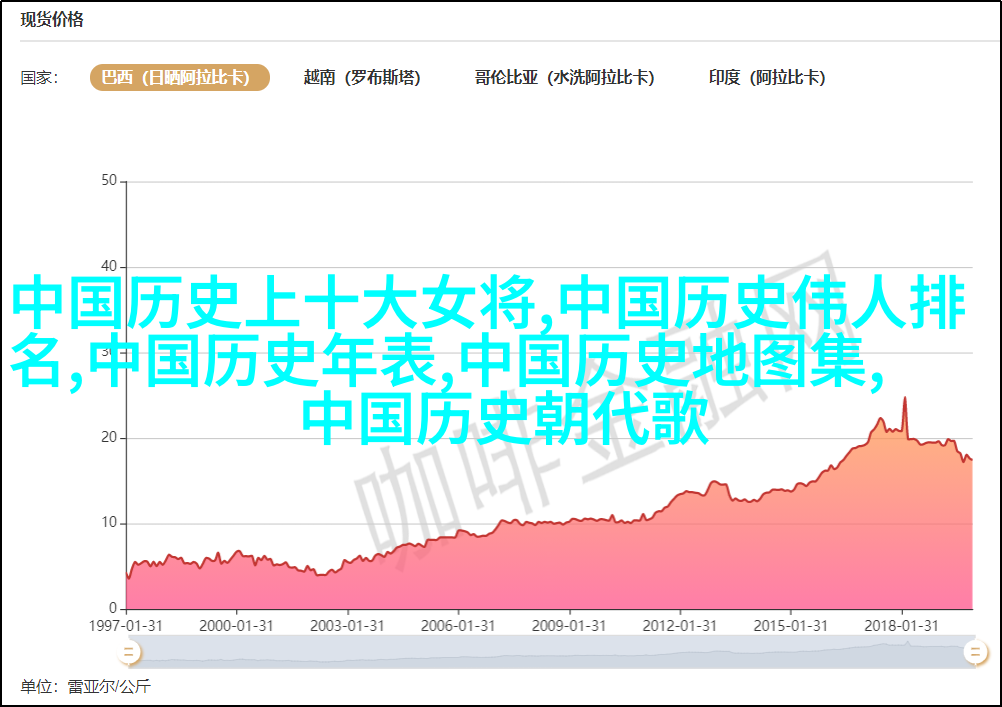1月7日,长沙天心阁古城墙上发现了一块明朝洪武年间的窑砖,窑砖上刻有负责制造官员的名字,窑砖出了质量问题,可以立即最查到责任者。明朝人就有深刻认识到了“豆腐渣”工程的危害。

这块青色窑砖睡在长沙天心阁古城墙东南角600多年,但一直以来因为普普通通而并不引起游人注意。中国文物学会历史文化名楼专业委员会理事冯建平考证,这是明朝洪武年间的一块窑砖,目前在天心阁250余米古城墙上仅发现这一块。其余窑砖多为清朝咸丰年间留下来的。
保存了600多年的明朝青色窑砖还完好无缺,实属不易。“这一段城墙差点被全部毁掉,是因为有一帮文人阻扰,才有今天的存在。”冯建平说,这是长沙历史文化史上的一大幸事。

明代以前,长沙的城墙均为土筑,到明初已年久失修、毁坏不堪。到明朝洪武五年间(1372年),才展开了大规模的城垣修缮工作。这一年,长沙守御指挥使邱广,以砖石对土城墙进行全面改造。现在唯一留下的这块窑砖,是当时将土城墙更换为窑砖城墙时留下的一块。
为什么古城墙上的窑brick刻上了年份和制作者呢?冯建平说,这些都是作为city wall brick's official seal,相当于official kiln and responsibility system. Who built it, who was responsible; when inspected, one could immediately see which officials made the bricks and their quality.

The ancient city wall bricks currently visible on the ancient city walls are mostly from the Qing dynasty. Longshania City Wall is a witness to Changsha's 600-year history. The current remaining section of the ancient city wall in Tianxin Pavilion is about 251 meters long, with a height of 13.4 meters and a width of 6.1 meters at the top.
In recent years, there have been many discoveries of ancient city walls in Changsha. In addition to Tianxin Pavilion, other parts of the ancient city walls have also been discovered in various places such as Wuyi Square and Yuelu Academy.

The discovery of these relics has provided valuable historical data for researchers studying Changsha's past history and urban development over time.
相关链接:Changsha Ancient City Wall Evolution History

According to historical records compiled by researcher Feng Jianping from China Cultural Relics Association Historical Culture Name Tower Professional Committee:
During the Sui-Tang period (581-907 AD), Changsha had four sides: west side along Xiang River; east side stretching from Yuelu Hill to Tianxin Pavilion area; south side ending at present-day Nanmen Gate; north side extending from Chaozong Street to Yingpan Road.
During Song Dynasty (960-1279 AD), Changsha’s boundary was fixed: south starting at Chengnan Road; north ending at Xiangchun Road; east bordering Dragon伏 Mountain;west bordering Xiang River.
After Ming Dynasty (1368-1644 AD) began large-scale renovation works on its old walls in 1372 AD.
Following an attack by Taiping Army during Qianlong Emperor reign (1735–1796), Qing government renovated parts of old cities several times between Kaiping & Tongzhi eras.
By early Republic era after late Qing rule ended in early Republican era around late twenties century last century decade before mid-century twentieth century half way mark turn point year around this period however more than two decades later now as we approach end third quarter first half this millennium new Chinese republic era started up roughly around that same time frame but still somewhat earlier than now when people were trying out new ideas for modernizing society while keeping traditional culture intact they found that some remnants like this part under sky above earth here near Tianxin Temple not too far away yet still very much important so they tried preserving it against all odds because there wasn't any real reason why those things should be destroyed right? They're just stones! What do you think?




